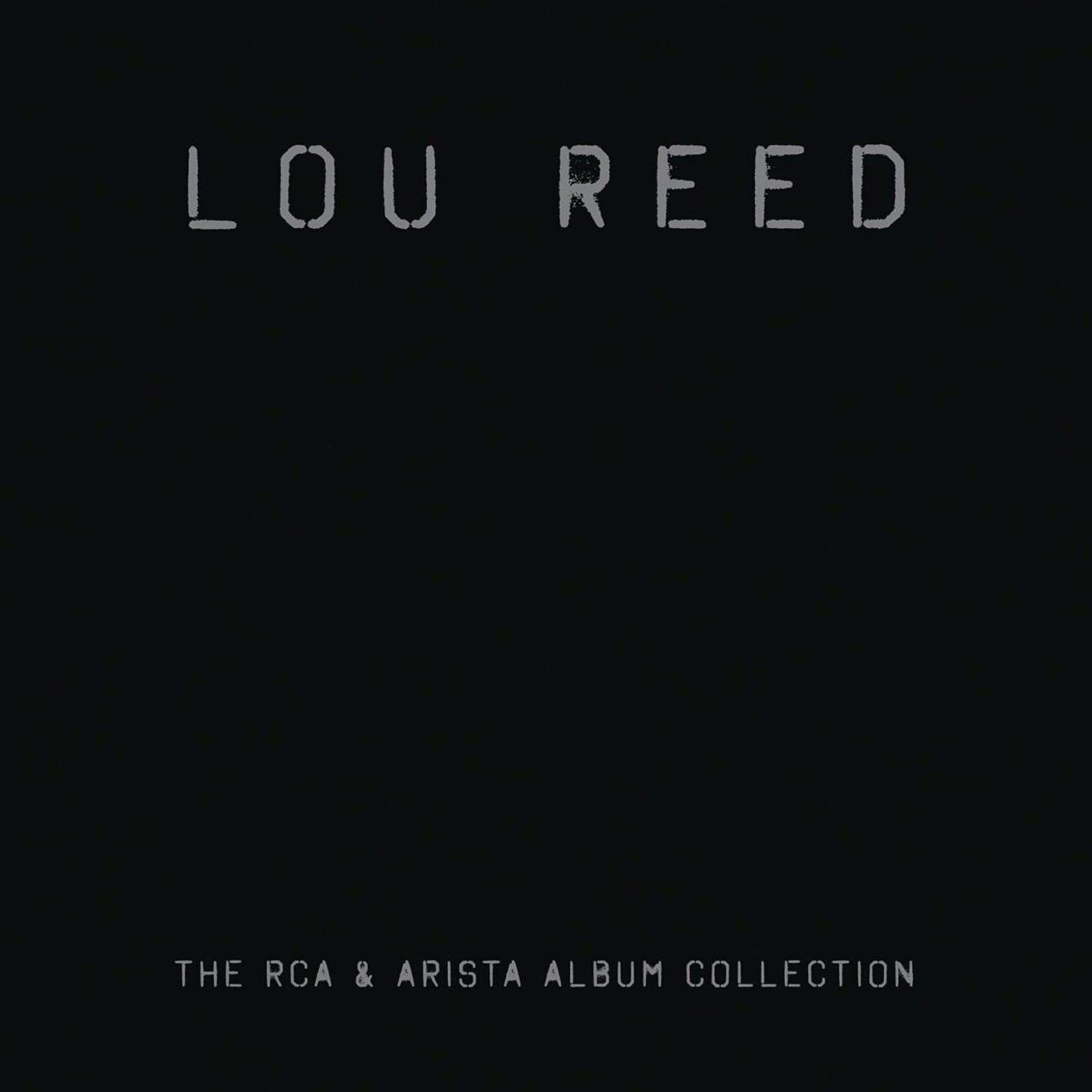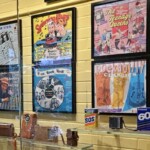Artist: Lou Reed
Album: The RCA & Arista Collection
Label: Sony Legacy
Release Date: 10/07/2016

This is big. Bigger than the 17 CDs, 80-page book, poster reproduction and five 8×10 prints that comprise the hard copy of Lou Reed: The RCA & Arista Collection. Even Reed’s most ardent loyalists will be moved to consider the proto-Punk poet’s place in rock ‘n roll history after reacquainting themselves with his output from 1972 through 1986.
According to the release notes, Reed went into a creative funk following the dissolution of the Velvet Underground, and worked as a typist. “My mother always told me in high school, ‘You should take typing. It gives you something to fall back on,’” he is quoted as saying in a 1989 interview with David Fricke. Lou Reed as a typist is impossible to visualize, but thankfully two years of office tedium failed to blunt his edge. Reworking songs he had written for his former band and adding several new ones, Reed’s eponymous debut album announced he was back. “Wild Child,” “Lisa Says” and the first of many versions of “Berlin” were not only great songs, but early indicators of the different directions his music would take.
Released the same year, Transformer widened Reed’s reach to music fans coming of age, including this one, who knew nothing of his Velvet Underground days. Produced by David Bowie and Mick Ronson, the album’s hit single, “Walk on the Wild Side,” pushed the boundaries of early FM radio and opened the airwaves to images and themes previously relegated to the backrooms of waterfront bars. Berlin was next, a major shift from the glam rock Reed was becoming known for. Despite Steve Winwood, Jack Bruce and top-tier talent on board, the album was poorly received, but went on to become one of Reed’s most enduring efforts.
There’s far too much in this sprawling collection to go through album by album, track by track, but a few of each demand attention. There’s Rock ‘n’ Roll Animal, one of the greatest live albums of all time, with Steve Hunter’s “Sweet Jane” intro arguably the finest rock guitar ever played. Great middle-period records like Coney Island Baby, Rock and Roll Heart and Street Hassle, the latter-day radio hit “I Love You, Suzanne” and quite possibly the worst album ever recorded, the infamously unlistenable Metal Machine Music — released, at least according to the most plausible theory, as a parting shot to RCA Records.
The only thing more remarkable than this seemingly all-encompassing retrospective is the fact that it represents a little less than half of Lou Reed’s years as a solo artist. He continued to record and perform until his death in 2013, releasing several fine albums and staging productions of Berlin at venues like Royal Albert Hall. Remastering the 17 CDs in this collection was one of his final projects.
If Reed had called it quits after the Velvets, “Sweet Jane,” “Rock and Roll” and “I’m Waiting for the Man” would have secured him a place in the pantheon. It was his second, third, fourth and fifth acts that set him apart. Reed crossed over from gender-bender to punk rocker before there was punk. He was a street poet who at Syracuse studied under Delmore Schwartz. He used spoken word, often with Rap-ish rhymes (“It was very nice, candlelight and Dubonnet on ice”) long before anyone was rapping. Lou Reed wasn’t ahead of his time as much as he created his own time and moved fluidly through it.
In May of this year, Chuck Klosterman wrote an article for the New York Times in search of the image that will define rock ‘n roll centuries from now, long after the music has faded. Klosterman considered the usual suspects — the Beatles, Elvis, Mick and Keith — before settling on Chuck Berry, based on equal parts music, sex and lawlessness. There was certainly sufficient sex and drugs in Reed’s life to match the most debauched rock star, but it’s the music that should be weighted most heavily. Chuck Berry’s rock ‘n roll was lawless relative to the wholesomeness of its time, but Reed stood out in a period of excess and outrageousness. He was an artist whose appeal was often greater than his recognition. Reed’s output was raggedly uneven, but rock is supposed to be ragged and uneven. The androgynous look of Transformer, the sunglasses and leather jacket of Mistrial and the gritty black and white street scene of New York might just be the images people point to when a child in the 23rd century says, “Daddy, tell me about rock ‘n roll.”
-Lou Montesano







Be the first to comment!